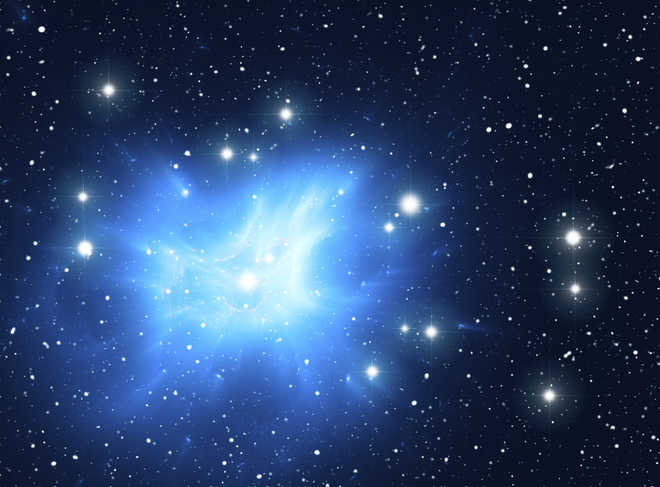
Photo source: Thinkstock
Washington
Scientists have found how our solar solar system formed in the wind-blown bubbles around a giant, long-dead star.
Despite the many impressive discoveries humans have made about the universe, scientists are still unsure about the birth story of our solar system.
The general prevailing theory is that our solar system formed billions of years ago near a supernova.
However, the new scenario instead begins with a giant type of star called a Wolf-Rayet star, which is more than 40 to 50 times the size of our own Sun.
They burn the hottest of all stars, producing tonnes of elements that are flung off the surface in an intense stellar wind.
As the Wolf-Rayet star sheds its mass, the stellar wind plows through the material that was around it, forming a bubble structure with a dense shell.
"The shell of such a bubble is a good place to produce stars," because dust and gas become trapped inside where they can condense into stars, said Nicolas Dauphas, professor at University of Chicago in the US.
The study, published in the Astrophysical Journal, estimates that 1-16 per cent of all Sun-like stars could be formed in such stellar nurseries.
This set up differs from the supernova hypothesis in order to make sense of two isotopes that occur in strange proportions in the early solar system, compared to the rest of the galaxy.
Meteorites left over from the early solar system tell us there was a lot of aluminium-26. In addition, studies, including a 2015 one by Dauphas and a former student, increasingly suggest we had less of the isotope iron-60.
This brings scientists up short, because supernovae produce both isotopes.
"It begs the question of why one was injected into the solar system and the other was not," said Vikram Dwarkadas, a research associate professor at University of Chicago.
This brought them to Wolf-Rayet stars, which release lots of aluminium-26, but no iron-60.
"The idea is that aluminum-26 flung from the Wolf-Rayet star is carried outwards on grains of dust formed around the star," said Dwarkadas.
"These grains have enough momentum to punch through one side of the shell, where they are mostly destroyed — trapping the aluminium inside the shell," he said.
Eventually, part of the shell collapses inward due to gravity, forming our solar system.
As for the fate of the giant Wolf-Rayet star that sheltered us, its life ended long ago, likely in a supernova explosion or a direct collapse to a black hole.
A direct collapse to a black hole would produce little iron-60; if it was a supernova, the iron-60 created in the explosion may not have penetrated the bubble walls, or was distributed unequally. PTI



























